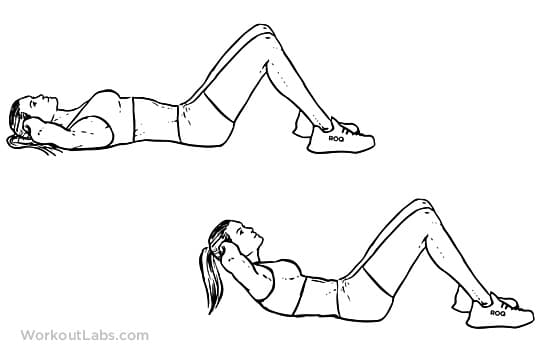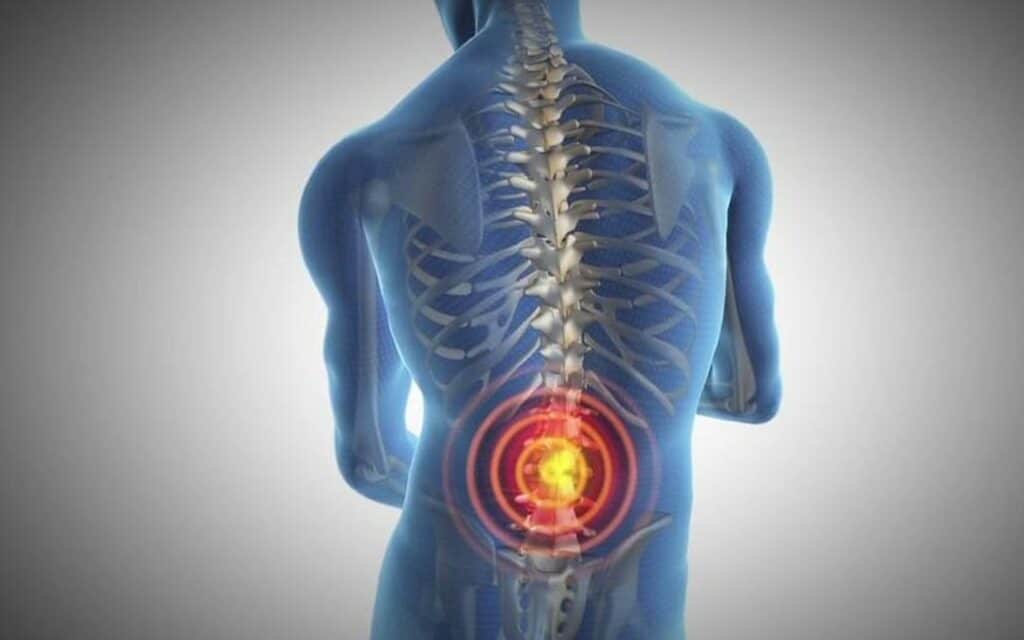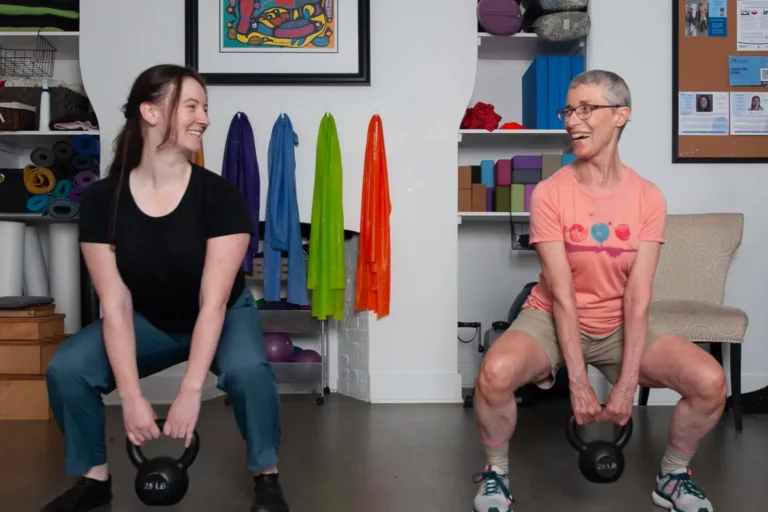By: Mike MacLeod
OTA/PTA, DTS Level 1, Nutrition & Weight Loss Certification, Agatsu Strength & Speed Specialist
Anti-extension Defined
The “anti-extension” category of core training consists of any exercise where you’re actively resisting extension at the lumbar spine. These exercises are great for developing stability at the core, lumbar spine, and pelvis. If you’re doing them right they’ll really tax your external obliques, along with your rectus abdominus to some extent.

Lumbar Flexion Defined
Flexion is the anatomical name for forward bending. When treating back pain, many spine specialists encourage exercises to strengthen the muscles that act to bring the spine into flexion. In the lower back, approximately 50% of flexion occurs at the hips and 50% occurs at the lower spine.

Promoting core stability is a primary method in reducing the risk of injury and improving athletic performance, whether through flexion, extension, rotation or a combination of anti-movements.
Improving core stability will also help to reduce injuries in our daily activities. Core stability training can ensure proper bracing during loaded exercises throughout training sessions and throughout day to day activities. From reaching overhead to put dishes away to bracing when moving furniture. It can help athletes and people looking to improve general health. It increases the ability to maintain posture and transfer forces when walking, running, throwing, kicking, hitting and lifting.

Strengthening the core with sit-ups and crunches will aid in building core strength but may not necessarily reduce the risk of injury. Focusing your core training only on this is like thinking only biceps curls will get your whole upper body stronger and more stable. The core is diverse and needs work. With the addition of anti-extension exercises we can drastically reduce the occurrence of back injuries.
The flip side of these flexion exercises would be our anti-extension component such as planks and hollow holds. Flexion plays a huge role in core stability. If you are doing flexion movements (where the spine is bending forward) then you are working the anterior (front) core muscles. Anti-extension exercises work the front of the core as well but incorporate the obliques and provide a different demand on the muscles increasing the demand for activation. Recruiting more muscle fibers during a movement will allow you to be more efficient and effective with your training and daily activities.

Experts estimate that up to 80% of adults will experience back pain in their lives. About 20% of people who experience acute back pain develop chronic back pain which can be a major cause of disability. Low back pain is the leading cause of activity limitation and work absence throughout much of the world, imposing a high economic burden on individuals and their families. Whether the cause of the symptoms is occupational posture, depressive moods, obesity, body height and age or other risk factors the fact remains that your body thrives off of activity and the most proactive strategy you can have in alleviating or avoiding becoming a statistic is to improve your core stability and strengthen your core.
Questions for Mike? Call us! We want to hear from you! (613) 680 – 3993 or [email protected]








